Back to Courses

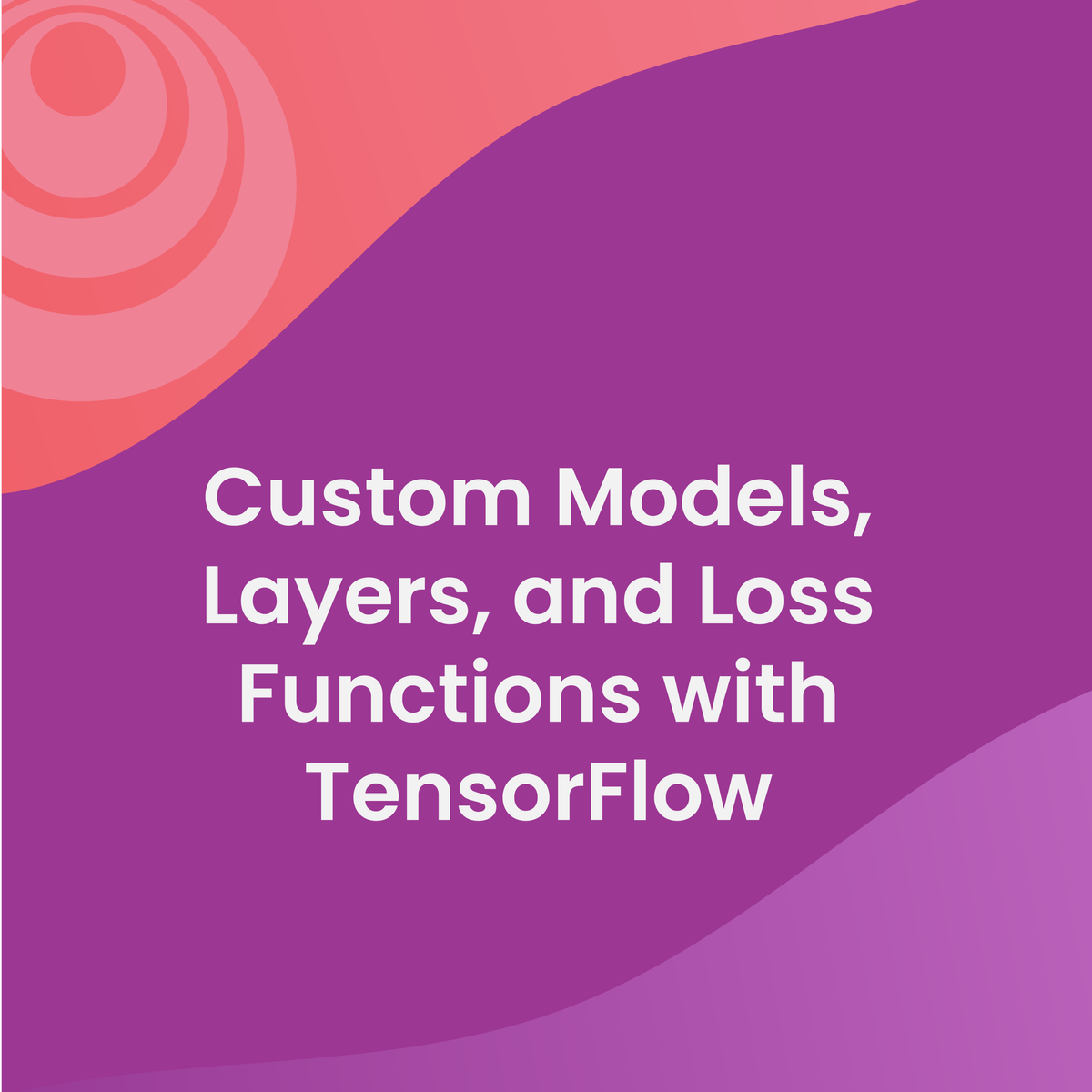

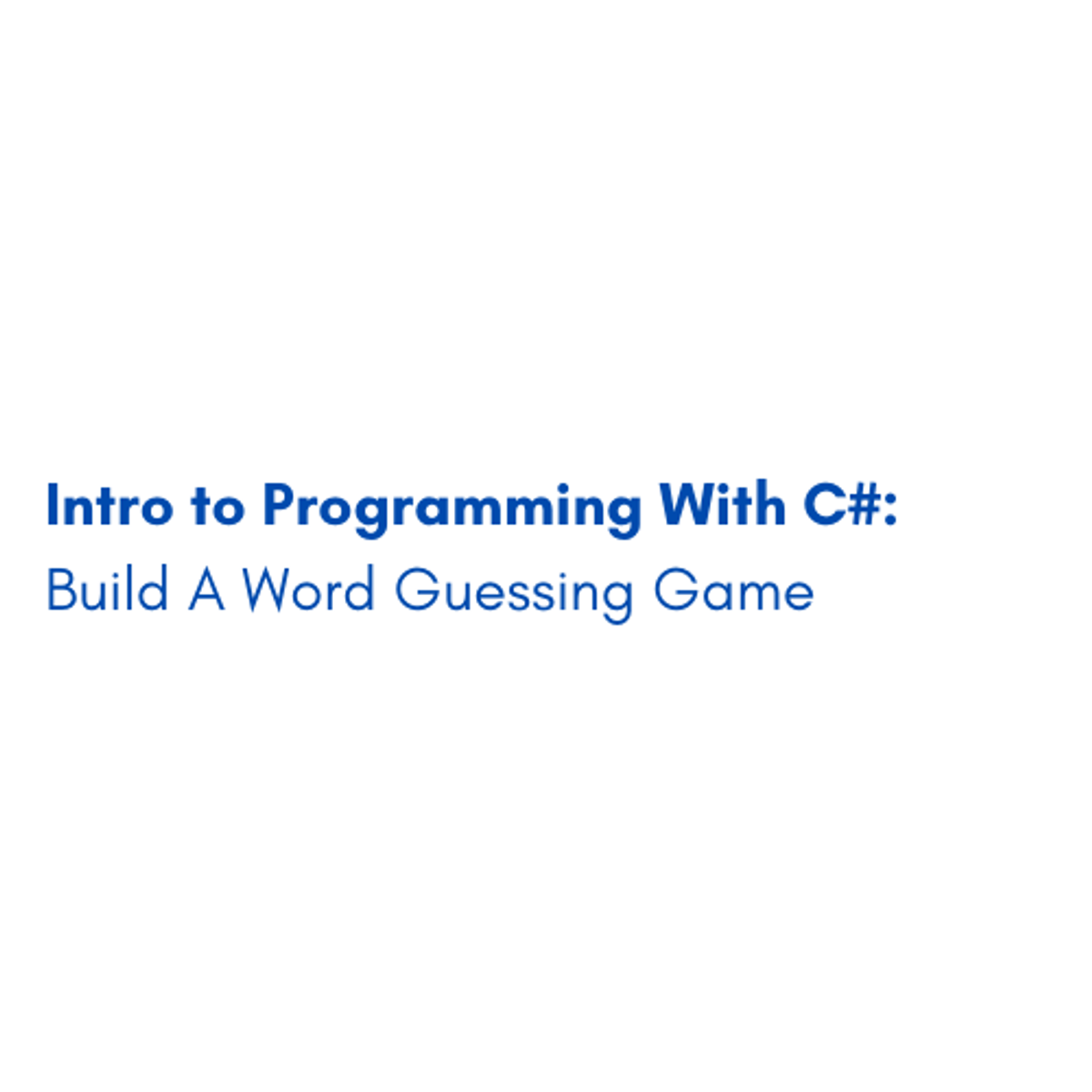
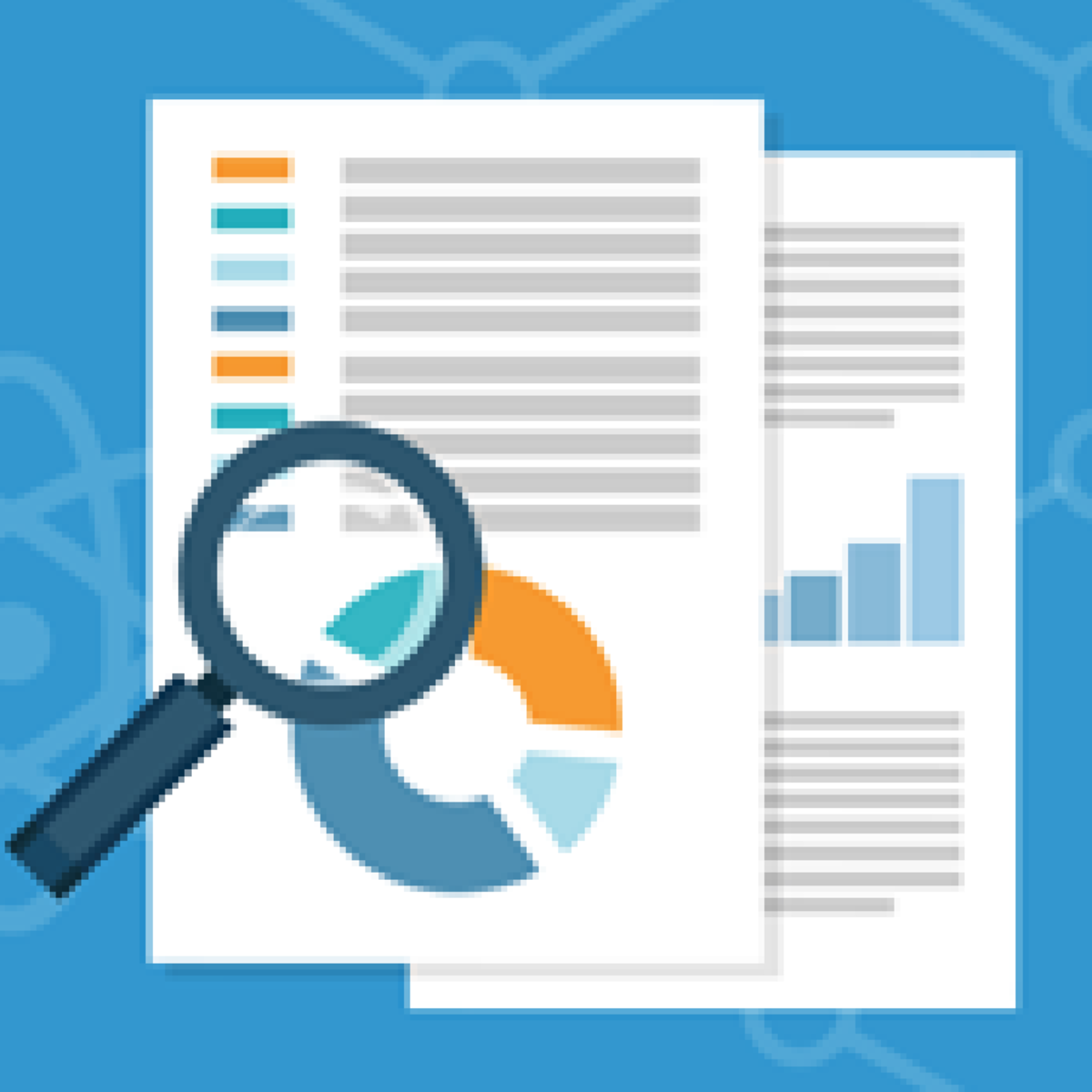
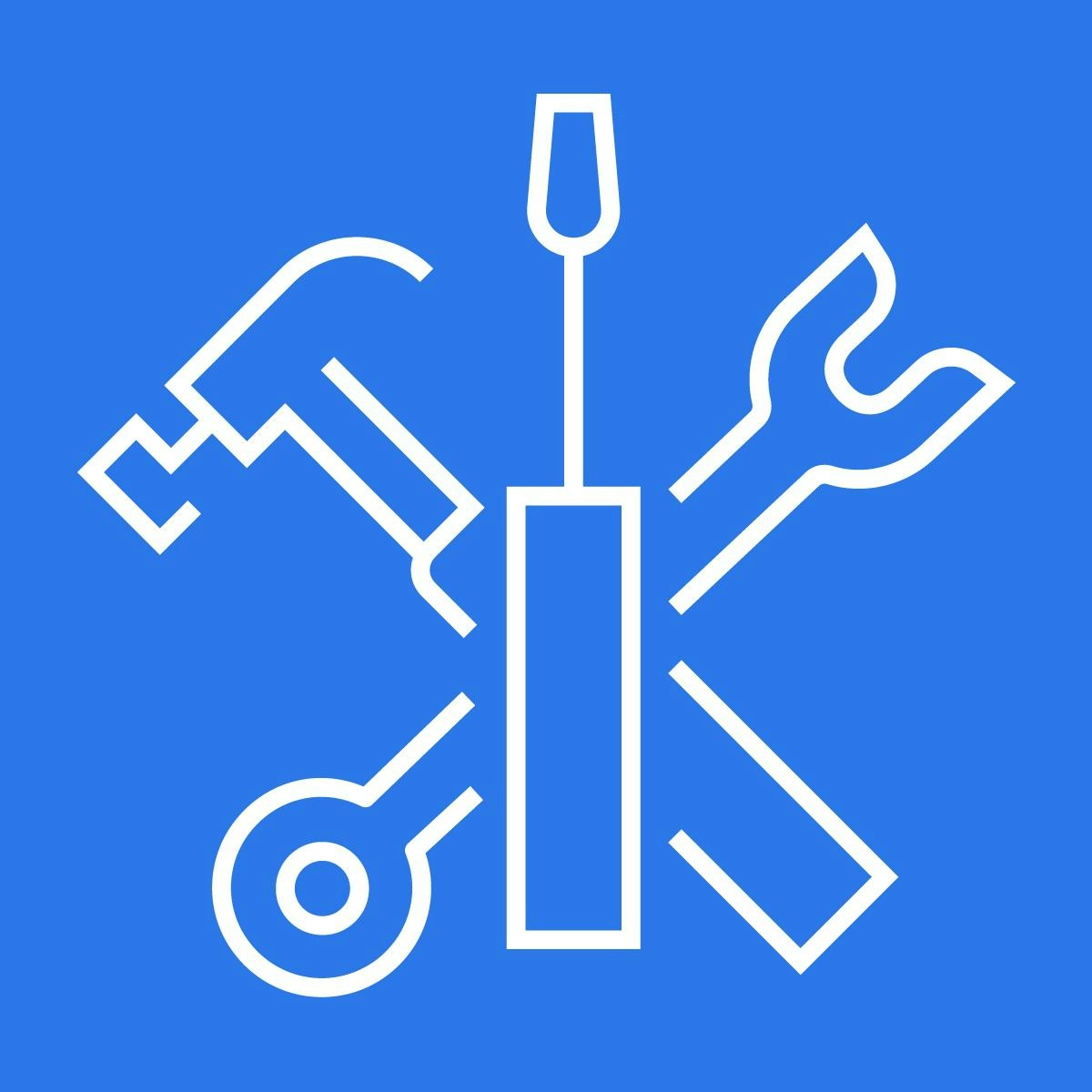

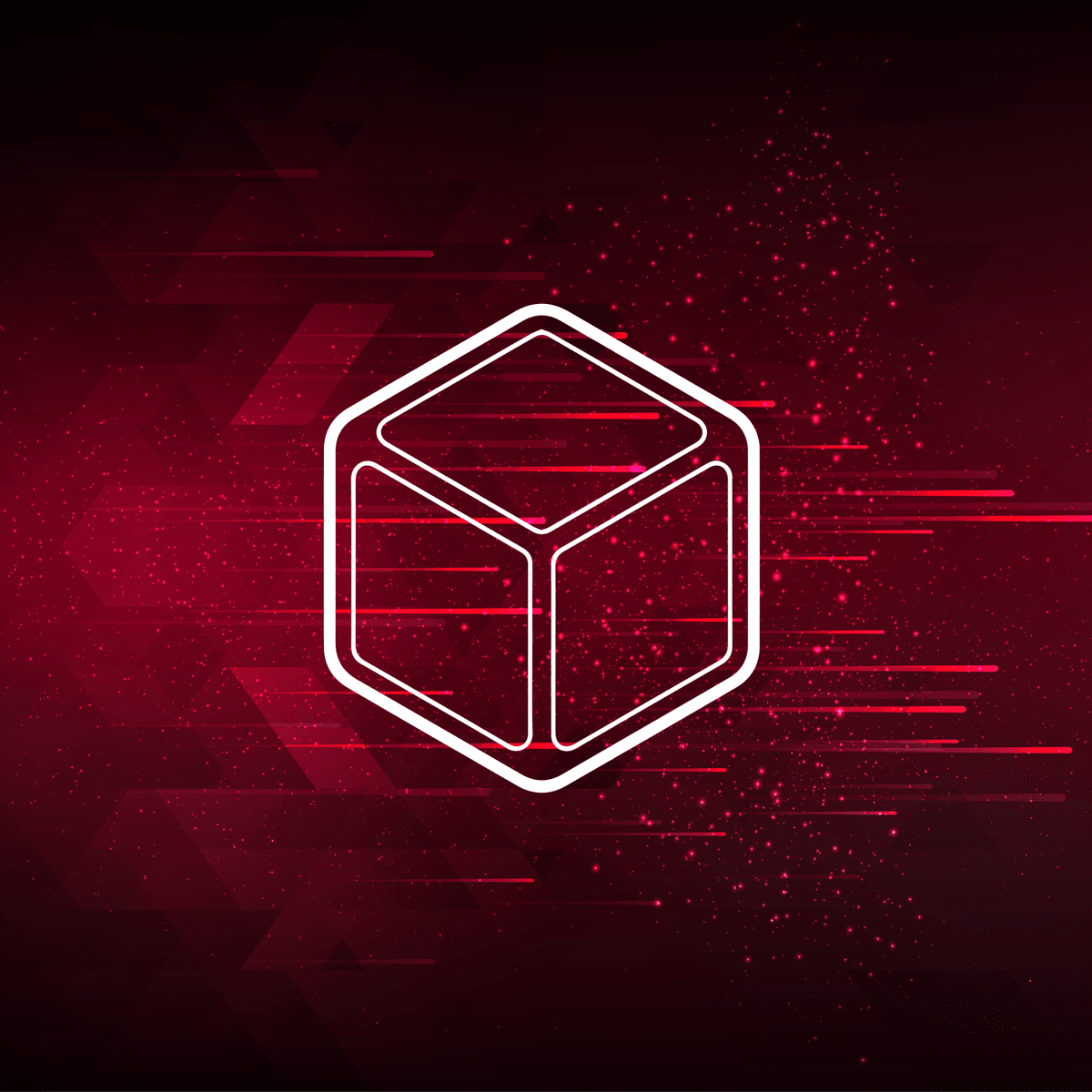
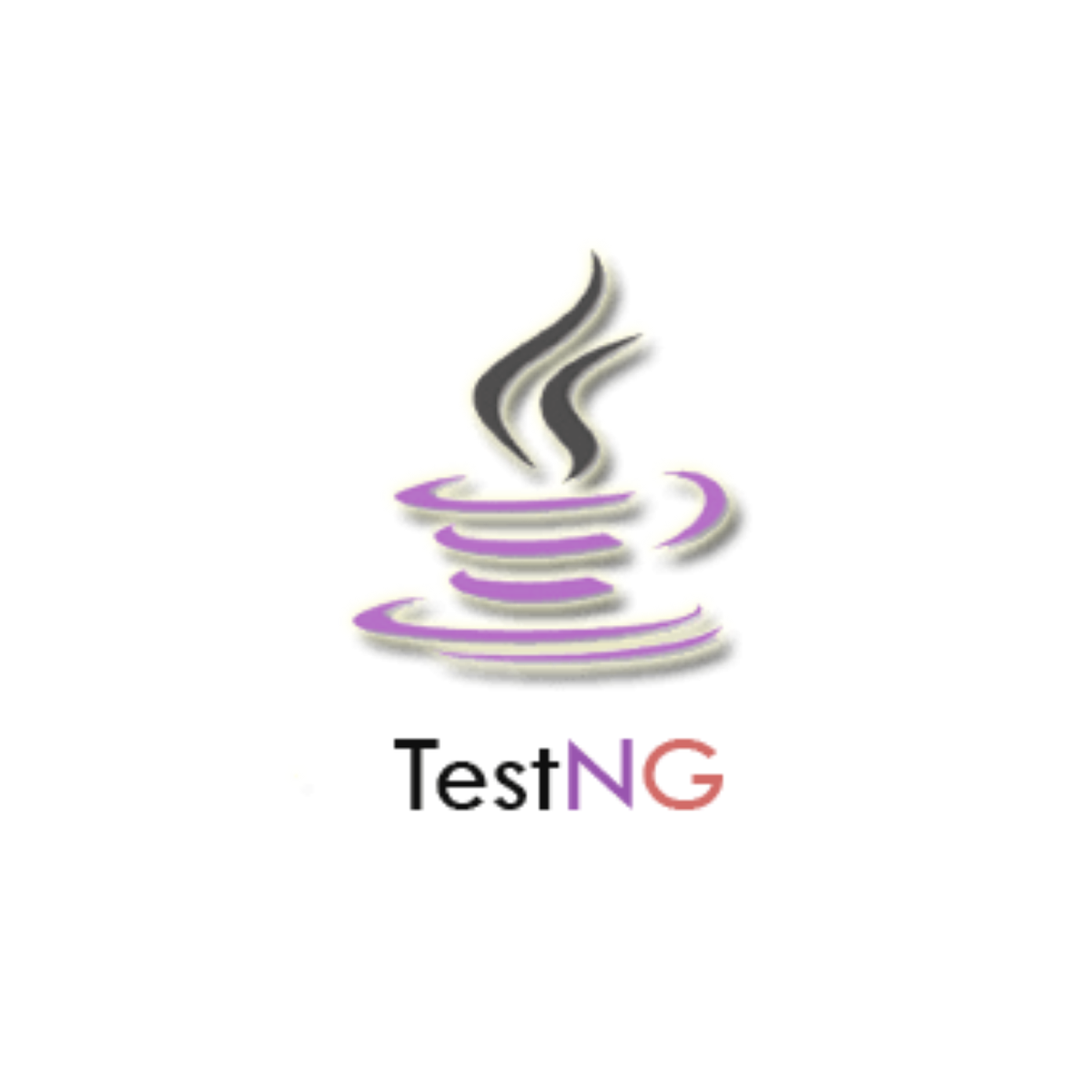
Computer Science Courses - Page 56
Showing results 551-560 of 2309

Artificial Intelligence: An Overview
The course will provide a non-technical overview of the artificial intelligence field. Initially, a discussion on the birth of AI is provided, remarking the seminal ideas and preliminary goals. Furthermore, the crucial weaknesses are presented and how these weaknesses have been circumvented. Then, the current state of AI is presented, in terms of goals, importance at national level, and strategies. Moreover, the taxonomy of the AI topics is presented.

Introduction to Game Design
Welcome! This course is an introduction to the primary concepts of gaming, and an exploration of how these basic concepts affect the way gamers interact with our games. In this course you will understand what defines a “game” and the mechanics and rules behind different types of games. Through four linked assignments you'll learn ways to create and describe a game concept, and specifically what makes a compelling game. This course focuses on the conceptual underpinnings of games, and all assignments can be completed with a pencil and paper – no previous programming knowledge is required.

Custom Models, Layers, and Loss Functions with TensorFlow
In this course, you will:
• Compare Functional and Sequential APIs, discover new models you can build with the Functional API, and build a model that produces multiple outputs including a Siamese network.
• Build custom loss functions (including the contrastive loss function used in a Siamese network) in order to measure how well a model is doing and help your neural network learn from training data.
• Build off of existing standard layers to create custom layers for your models, customize a network layer with a lambda layer, understand the differences between them, learn what makes up a custom layer, and explore activation functions.
• Build off of existing models to add custom functionality, learn how to define your own custom class instead of using the Functional or Sequential APIs, build models that can be inherited from the TensorFlow Model class, and build a residual network (ResNet) through defining a custom model class.
The DeepLearning.AI TensorFlow: Advanced Techniques Specialization introduces the features of TensorFlow that provide learners with more control over their model architecture and tools that help them create and train advanced ML models.
This Specialization is for early and mid-career software and machine learning engineers with a foundational understanding of TensorFlow who are looking to expand their knowledge and skill set by learning advanced TensorFlow features to build powerful models.

Extract, Analyze, and Translate Text from Images with the Cloud ML APIs
This is a self-paced lab that takes place in the Google Cloud console.
In this lab you’ll combine the Cloud Vision, Natural Language, and Translation APIs to capture text strings from images, recognize characters, and analyze and translate the text strings into other languages.

Intro to Programming With C#: Build A Word Guessing Game
By the end of this project, you will create a fully functioning Word Guessing game using C#. In this project, you will be able to identify and apply some important coding concepts, such as “variables,” “if-conditions,” “for-loops,” as well as learning how to display output and take inputs from the user.
In each task, you’ll be able to apply one of these concepts and at the end, tie them all together into the Word Guessing game we will be building.
You’ll have the knowledge and skills needed to start writing your very own programs. You’ll also be able to apply what you learn here using other languages such as C++, Java, Python, etc.
Note: This course works best for learners who are based in the North America region. We’re currently working on providing the same experience in other regions.

Tools for Data Science
In order to be successful in Data Science, you need to be skilled with using tools that Data Science professionals employ as part of their jobs. This course teaches you about the popular tools in Data Science and how to use them.
You will become familiar with the Data Scientist’s tool kit which includes: Libraries & Packages, Data Sets, Machine Learning Models, Kernels, as well as the various Open source, commercial, Big Data and Cloud-based tools.
Work with Jupyter Notebooks, JupyterLab, RStudio IDE, Git, GitHub, and Watson Studio. You will understand what each tool is used for, what programming languages they can execute, their features and limitations.
This course gives plenty of hands-on experience in order to develop skills for working with these Data Science Tools. With the tools hosted in the cloud on Skills Network Labs, you will be able to test each tool and follow instructions to run simple code in Python, R, or Scala.
Towards the end the course, you will create a final project with a Jupyter Notebook. You will demonstrate your proficiency preparing a notebook, writing Markdown, and sharing your work with your peers.

Building Modern Node.js Applications on AWS
In modern cloud native application development, it’s oftentimes the goal to build out serverless architectures that are scalable, are highly available, and are fully managed. This means less operational overhead for you and your business, and more focusing on the applications and business specific projects that differentiate you in your marketplace. In this course, we will be covering how to build a modern, greenfield serverless backend on AWS.
Building brand new applications on AWS is a different task than lifting and shifting existing applications into AWS. When you have an existing application that you need to move to AWS, you might first look to using Amazon EC2 as your virtual machines, or maybe you might look into using docker containers and container hosting services like Amazon Elastic Container Service or Amazon Elastic Kubernetes Service. Those are all great application hosting options, but in most cases, they still require you to have some kind of pulse on the underlying infrastructure hosting your application. `
Building Modern Node.js Applications on AWS will explore how to build an API driven application using Amazon API Gateway for serverless API hosting, AWS Lambda for serverless computing, and Amazon Cognito for serverless authentication. We will follow an API driven development process and first mock up what the API will look like. We will cover all the ins and outs of the service Amazon API Gateway, and as you’ll learn- it does a lot more than just hosting an API.
Then we will add authentication to the API using Amazon Cognito. You’ll learn about how the authorization flow works with Cognito, and how to build it into your APIs. From there, we will add a Lambda backend that will be triggered by API Gateway. The lambda functions will be using the AWS SDKs to perform various data processing tasks. You’ll learn about the different configurations that exist for Lambda, and we will show you how to create and manage lambda functions. Some of the features of our API will require multiple lambda functions to execute in a specific order, like a workflow, and we will use AWS Step Functions to create a serverless workflow. Finally, we will talk about how to optimize your APIs at every layer using AWS features.
Note: There are three versions of this class, "Building Modern Node.js Applications on AWS" for Node.js developers, "Building Modern Python Applications on AWS" for Python developers, and "Building Modern Java Applications on AWS" for Java developers. The courses do for a large part, overlap and in general, we recommend that you take the course that focuses on the SDK you plan to use to develop your AWS Cloud based applications.
We expect that you have basic knowledge of AWS already. Some examples of concepts you should be familiar with are: you should know the basics of the AWS Global infrastructure, like what regions and availability zones are. You also should know the at a high-level AWS Identity and Access Management, or IAM, and how it is used to control access to AWS resources. You should also understand what an Amazon EC2 instance is, what Amazon S3 is, what a VPC is, as well as other basic AWS terminology.

D3Js Basics
In this 1.5-hour long project-based course I will show you the basic concepts to create data visualizations in D3.js. You will learn how to use SVGs, select, and bind data in order to create a bar chart. We will be visualizing firecracker injuries in 2019. This data is from the U.S. Consumer Product Safety Commission (CPSC) Fireworks Annual Report. Inspired by recent events this summer we are going to visualize firework injuries in the United States. Firework injury data can be found at U.S. Consumer Product Safety Commission (CPSC) .

Blockchain Transformations of Financial Services
The current global financial system is riddled with inefficiencies, uneven developments, and bizarre contradictions. Blockchain technology has the potential to bring about profound changes to financial services. In this course, you will learn how blockchain technology will disrupt the core functions of the financial services industry, offering individuals and organizations alike real choices in how they create and manage value.

Advanced TestNG Framework and Integration with Selenium
TestNG stands for Test Next Generation is a testing framework that provides the developer the ability to write more flexible and powerful tests with help of easy annotations, grouping, sequencing & parametrizing.
It can easily be integrated with automation tools like Selenium and is widely used by automation test experts to write functional tests.
In this one-hour guided project through hands-on, practical exercises, you will learn advanced concepts like executing test cases using TestNG XML file, grouping test cases, and performing data-driven testing.
In this project, you will learn -
Executing TestNG test cases using TestNG XML file
Order of execution of methods via TestNG annotations
Executing test cases of multiple classes via TestNG XML file
Executing test cases of all the classes of a package
Grouping test cases and executing them via TestNG XML file
Parameterizing test methods using @Paramters annotation
Parallel execution of test cases on multiple browsers using TestNG
Data-Driven testing using Data Provider
